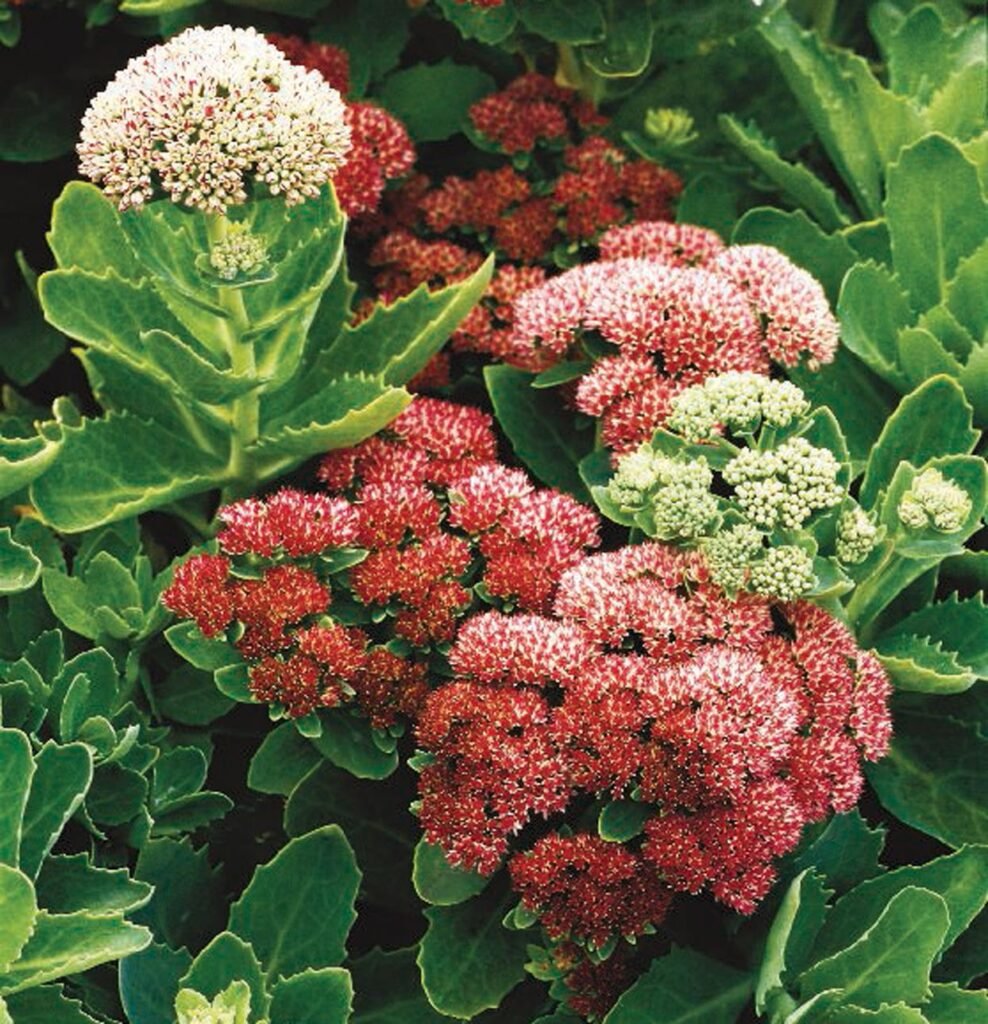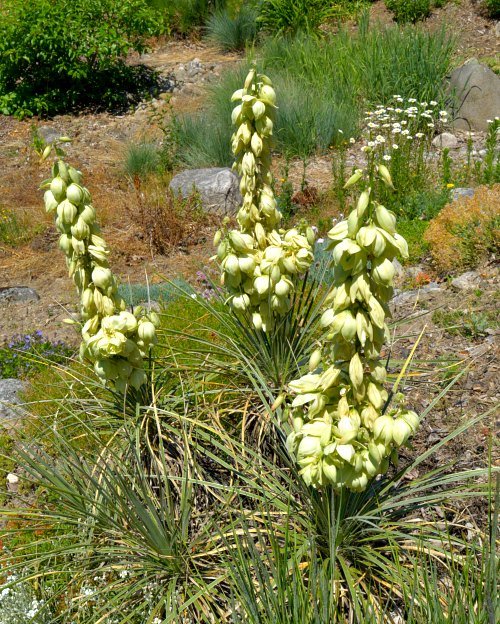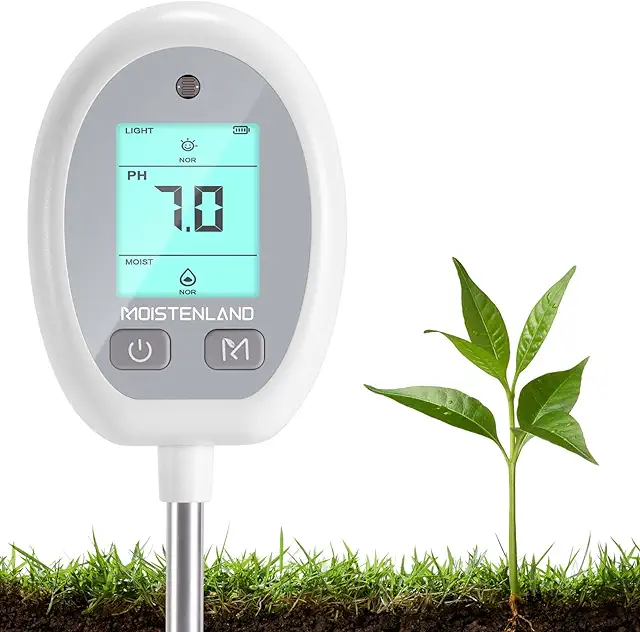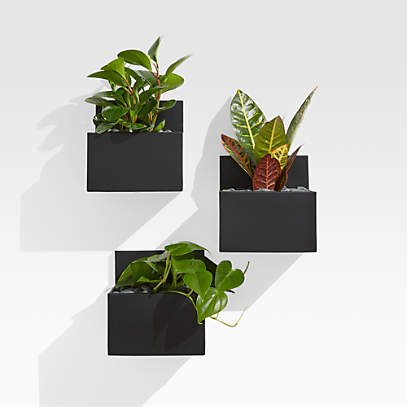As climate patterns shift and water conservation becomes increasingly critical, gardeners are turning to drought-tolerant plants to create vibrant, resilient landscapes. In 2024, the emphasis on sustainability and low-water gardening is more pronounced than ever, bringing a plethora of plants into the spotlight that not only survive but thrive in dry conditions. This article explores the best drought-tolerant garden plants for 2024, offering insights into species that promise beauty and sustainability.
Why Choose Drought-Tolerant Plants?
Drought-tolerant plants are adapted to survive in environments with little rainfall or irrigation, making them ideal for water-wise gardening. These resilient species require minimal water once established, reducing maintenance efforts and water usage. By incorporating drought-tolerant plants into your garden, you contribute to water conservation efforts while enjoying a lush, thriving landscape.
Top Drought-Tolerant Garden Plants for 2024
1. Lavender

Lavender is a quintessential drought-tolerant plant, celebrated for its fragrant purple spikes and silvery foliage that add a touch of Mediterranean charm to any garden. It thrives in full sun and well-draining soil, requiring minimal watering once established. Lavender’s aromatic flowers are not only a haven for bees and butterflies but also have numerous culinary and medicinal uses. With varieties suited for small borders to expansive fields, lavender can adapt to various garden sizes and styles, making it a versatile choice for gardeners seeking both beauty and functionality.
2. Sedum (Stonecrop)

Sedum, or stonecrop, is a robust succulent that stands out for its ability to thrive in poor soil and withstand long periods without water. Its thick, fleshy leaves store moisture, enabling the plant to survive in arid conditions. Sedum varieties range from low-growing ground covers to taller, upright forms, blooming in an array of colors from late summer into fall. The easy-care nature and attractive appearance of sedum make it an excellent choice for rock gardens, green roofs, and borders.
3. Echinacea (Coneflower)

Echinacea, widely known as coneflower, is prized for its large, daisy-like flowers that come in a palette of pinks, purples, and whites. This native perennial is not only drought-resistant but also attracts a variety of pollinators, enriching the garden’s biodiversity. Echinacea’s resilience and minimal water needs make it a staple in any low-maintenance garden, offering both aesthetic appeal and medicinal benefits, as its roots and leaves can be used to boost the immune system.
4. Agastache (Hyssop)

Agastache, or hyssop, features vibrant spikes of tubular flowers that attract hummingbirds and butterflies throughout the summer and into fall. Its aromatic foliage, reminiscent of mint or licorice, can be used in teas and culinary dishes. Agastache thrives in well-drained soil and full sun, embodying the ideal drought-tolerant plant with minimal watering requirements. The variety of colors and heights available makes agastache a versatile choice for adding texture and color to drought-tolerant landscapes.
5. Salvia (Sage)

Salvia, known for its striking spikes of flowers, is a diverse genus that includes both annual and perennial species. These plants are highly drought-tolerant, flourishing in full sun with very little water once established. Salvias come in a wide range of colors, including blue, purple, red, and white, offering vibrant splashes of colour from spring through fall. Their easy-care nature and ability to attract pollinators like bees and butterflies make salvias a valuable addition to any garden focused on sustainability and wildlife support.
6. Yucca (Yucca filamentosa)

Yucca plants command attention with their stiff, sword-shaped leaves and towering spikes of creamy white flowers. Adapted to desert environments, they store water in their leaves, enabling them to withstand extreme drought conditions. Yuccas are best suited for sunny locations with well-draining soil, requiring very little maintenance once established. Their bold, architectural form makes them a focal point in any drought-tolerant garden or landscape.
7. Succulents (Various Species)

Succulents, including Echeveria, Sempervivum, and Aloe, are the epitome of drought tolerance, capable of storing water in their leaves to survive in arid conditions. Their diverse shapes, sizes, and colors allow for creative garden designs, from ground covers to vertical gardens. Succulents prefer bright light and minimal watering, making them perfect for low-water gardens, containers, and indoor spaces. Their unique appearance and adaptability have made succulents increasingly popular among gardeners and designers alike.
Incorporating Drought-Tolerant Plants into Your Garden
Design Tips:
- Use mulch around your plants to reduce water evaporation.
- Group plants with similar water needs together to optimize watering practices.
- Incorporate gravel, stones, or sand to reflect heat and minimize water usage.
Care and Maintenance:
- Allow the soil to dry out between watering to encourage deep root growth.
- Choose quality, well-draining soil to prevent waterlogging.
- Prune dead or spent blooms to encourage new growth and maintain plant health.
To Conclude
As we move forward into 2024, the garden landscape is undeniably changing, leaning towards sustainability and resilience. Drought-tolerant plants offer an opportunity to maintain beautiful gardens without compromising on water conservation efforts. By choosing species that are both beautiful and resilient, gardeners can create spaces that are not only visually appealing but also environmentally conscious. The plants listed above represent just a starting point for those looking to embrace drought-tolerant gardening, promising a lush, vibrant garden that flourishes even in the face of water scarcity.


